I often get asked where to start when setting up a CMS (colour management system). Well, not one answer fits all. Like a lot of things there is 'ifs' and 'buts'...
It depends on a few things. i.e.
-
Check Your Printed Results Under the Right Light - D50
The correct lighting for viewing printed results* is absolutely critical and that is D50. What is D50? Daylight at 5000K. The standard for viewing printed results* for photography, graphic arts, prepress and printing (digital, offset or otherwise) is D50, straight from ISO 3664:2009. *Printed Results = Photo prints, Fine Art prints, PrePress digital proofs, Commercial printed matter from Digital Production machines, Wide Format digital, Offset, Flexo, Gravure and the like.
NOTE: Just because a bulb or tubes is 5000K does not automatically mean it is D50!
Using the correct D50 lighting in your CMS is often the easiest, sometimes the cheapest thing to fix and implement - it is also the most IMPORTANT part of a CMS. Unfortunately though, it is also the most forgotten and overlooked part...
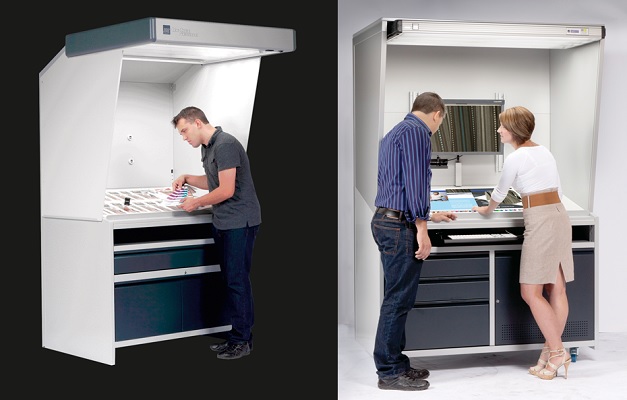
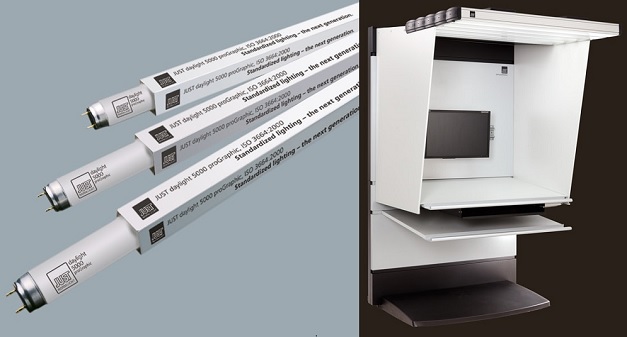
-
Make Sure You Get the Best Monitor Possible
By this I mean the best monitor you can afford, and then some...If you rely on your monitor for accurate visual colour assessment then you should think about getting a monitor that can provide a good/wide colour gamut, smooth/even tonal gradations, good uniformity and even screen brightness across the display and one that can be easily calibrated.
Cheaper monitors are ok for email, writing up text documents, playing games or maybe watching an occasional video - but if you are serious about colour you should invest in the best monitor you can afford, and then some...
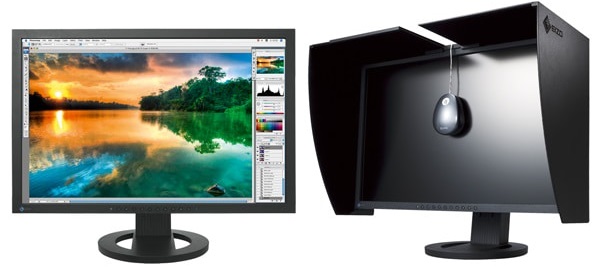
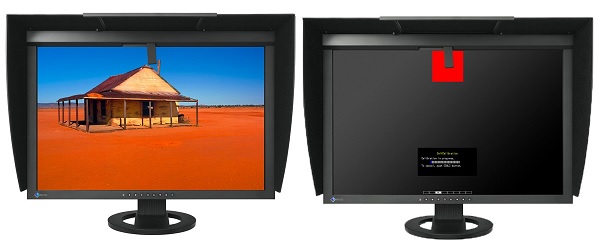
-
Learn and Know How to Calibrate Your Monitor
Monitor colour calibration requires the use of a measurement device - a colorimeter or spectrophotometer, software and then adjustment of the monitors controls (usually through the OSD - on screen display) to achieve the desired calibrated result. There are also very good monitors that have built in measurement devices and these can automate the calibration process.?Importantly, you need to know the targets for calibrating your monitor to suit your your workflow and process - i.e photographer, designer, retoucher, prepress/printing...

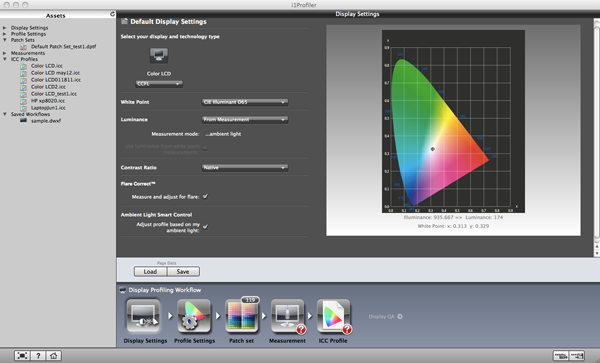
-
Keep Your Monitor Calibration up to Date and Verify the Calibration
Most good quality monitor colour calibration 'systems' will allow you to run a monitor calibration verification/validation routine, also called a QA check. If your monitor passes the verification/validation routine - i.e. it is within the tolerances, then you can keep working without having to re-calibrate.
Do this at a minimum once per week. If the verification/validation fails, time to re-calibrate
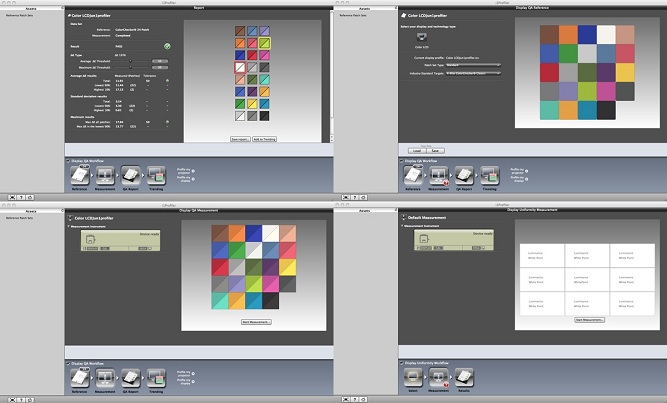
-
Gain Skills and Knowledge About Colour Spaces, Gamuts and ICC Profiles
There are limitations in any CMS because of the devices being used and improving your skills and knowledge can be time well spent. This can be done by tutorials, reading or even better, one on one training from a reliable colour consultant!
Getting educated with some good colour management training can go a long way to de-mystifying what you think you know and what actually is the truth.
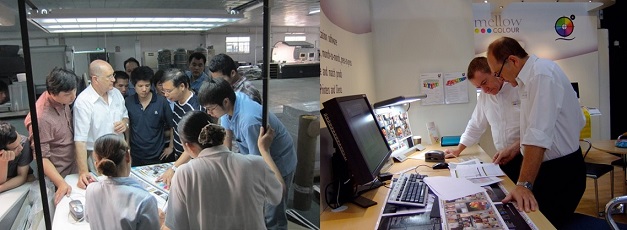
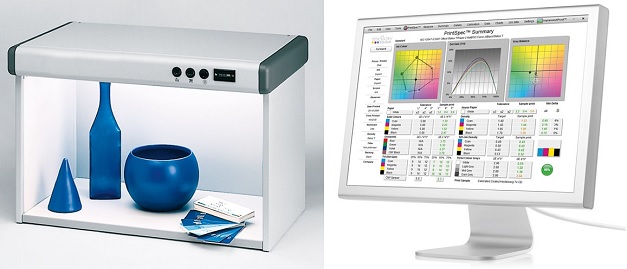
-
Ensure You have the Right Settings in Your Software
This a big one! Whether you are a photographer going from capture to print, graphic designer, retoucher, working in prepress, getting files ready for Digital Production print, Wide Format digital print, Offset, Flexo or Gravure.
You need to know and fully understand the colour management settings in software you are using. Colour standards, colour spaces, ICC profiles, rendering intents are key points here...
-
Are Your Colour Measurement Instruments OK?
The densitometers, colorimeters, spectrophotometers you are using - are they up to date for certification and calibration? Do you have an in-house validation system in place for the instruments?
Accurate, repeatable and validated instruments can provide you with measurements you can trust.
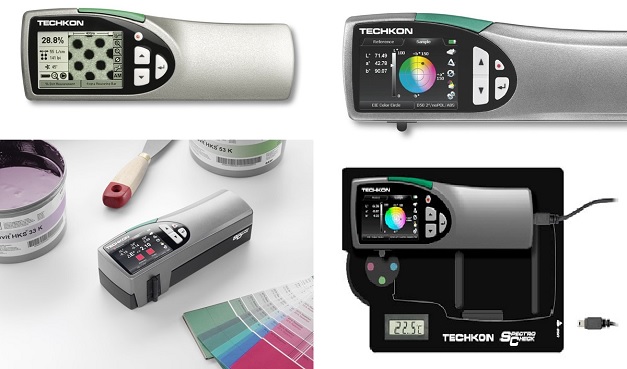
-
Have You Got Procedures in Place for Colour Verification?
Are you able to verify the colour output on your monitor?
The colour captured by your scanner?The colour output through your print process or print system?
Can you verify the accuracy of your soft proofing and digital proofing?
-
Do You Know How to Perform Printer Colour Calibration?
Printer colour calibration is the key to maintaining accurate, consistent and repeatable colour from your print process or print system
This applies to RGB photo print, CMYK digital and/or wide format print and commercial offset, flexo, gravure print.?
-
What are the Variables in Your CMS? What Control do You have over Them?
There can be many variables in a CMS and some may be out of your control.?i.e. The effect of ambient light or factory/office lighting on visual assessment of colour printed results may be out of your control or may not be able to be changed...?
You need to get to know your instruments, software, devices really well - the more you know the more you will understand about the capabilities and limitations of your CMS and process.

